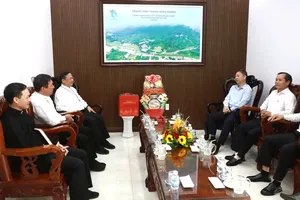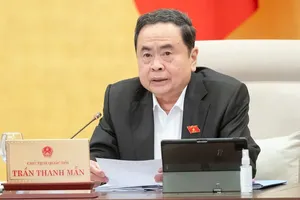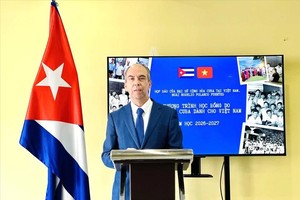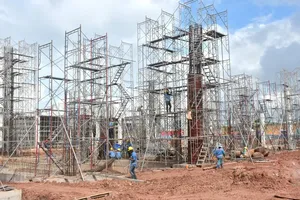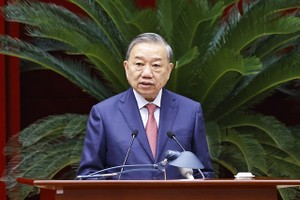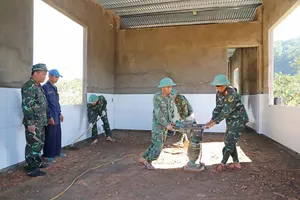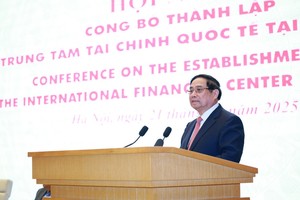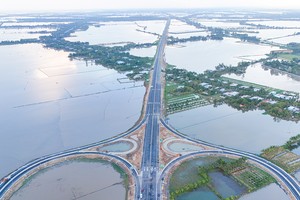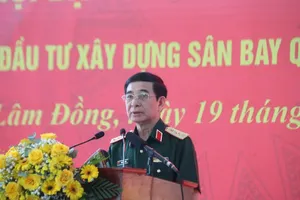
According to Mr. Nhat, the ministry has built a medium public investment plan in the phase of 2016-2020 with the total capital of VND952 trillion (US$42 billion).
The Mekong Delta alone needs VND206,772 billion including VND102,243 billion social investment and VND104,529 billion from the state budget, government bonds and official development assistance (ODA) sources.
Still, social investment mobilization now meets with difficulties because the medium and long term credit market has been tightened while tax and fee policies have not been improved.
According to the Ministry of Planning and Investment’s instructions, state budget will mainly be spent on paying basic construction debts, reclaiming advanced capital and reciprocal capital of ODA projects and focusing on building some stretches of North-South Expressway and other important urgent projects.
Therefore, it will be difficult for the ministry to arrange state budget capital for new project.
However, the southern region’s traffic will be improved in the upcoming time with large projects having called for investment and implemented such as Trung Luong-My Thuan-Can Tho and some BOT (Build-Operate-Transfer) ones.
The Prime Minister has approved expansion of Lo Te-Rach Soi route from two to four lanes.
The country have so far built 746 kilometers of 12 expressways and implemented nine others with the total length of 525 kilometers.
Of these, the southern region has built HCMC-Trung Luong and HCMC-Long Thanh-Dau Giay with the total length of 91 kilometers. Two others routes are under construction namely Ben Luc-Long Thanh and Trung Luong-My Thuan over 108.8 kilometers.
In addition, ring road no.3 HMC-My Thuan-Can Tho, HCMC-Moc Bai, Bien Hoa-Phu My, Dau Giay-Lien Khuong with the total length of 331 kilometers are calling for investors.
Once being completed, these projects will increase the expressway length in the southern region to 530 kilometers.
According the Ministry of Transport, the southern region has developed vertical and horizontal roads suiting plans as well as strategies and contributing in boosting socioeconomic development.
However, investment cost for project in the southern region has been huge because of the low starting point of the traffic infrastructure system in the region compared to the country and weak terrain with intangible rivers and canals. That has caused some roads have not been completed as per planned scales because of capital shortage.
For instance, National Highway 1A from HCMC to Can Tho city has been built with four lanes but seven bridges in the route comprise only two lanes, creating bottlenecks causing traffic jam during holiday time.
The Ministry of Transport has completed Cai Lay bypass to ease pressure for the highway. The Government has permitted use of Government bond funds remaining from expansion projects of National Highway 1A and Ho Chi Minh Highway in the Central Highlands to broaden the seven bridges, which work is expected to start in 2017-2018.
For the last past, the Party and the Government has given resource priorities to develop the traffic infrastructure in the southern region with many major works opening to traffic and changing the region’s face. They include Can Tho, Ham Luong, Rach Mieu, Co Chien, Nam Can, Dam Cung and My Loi bridges.
